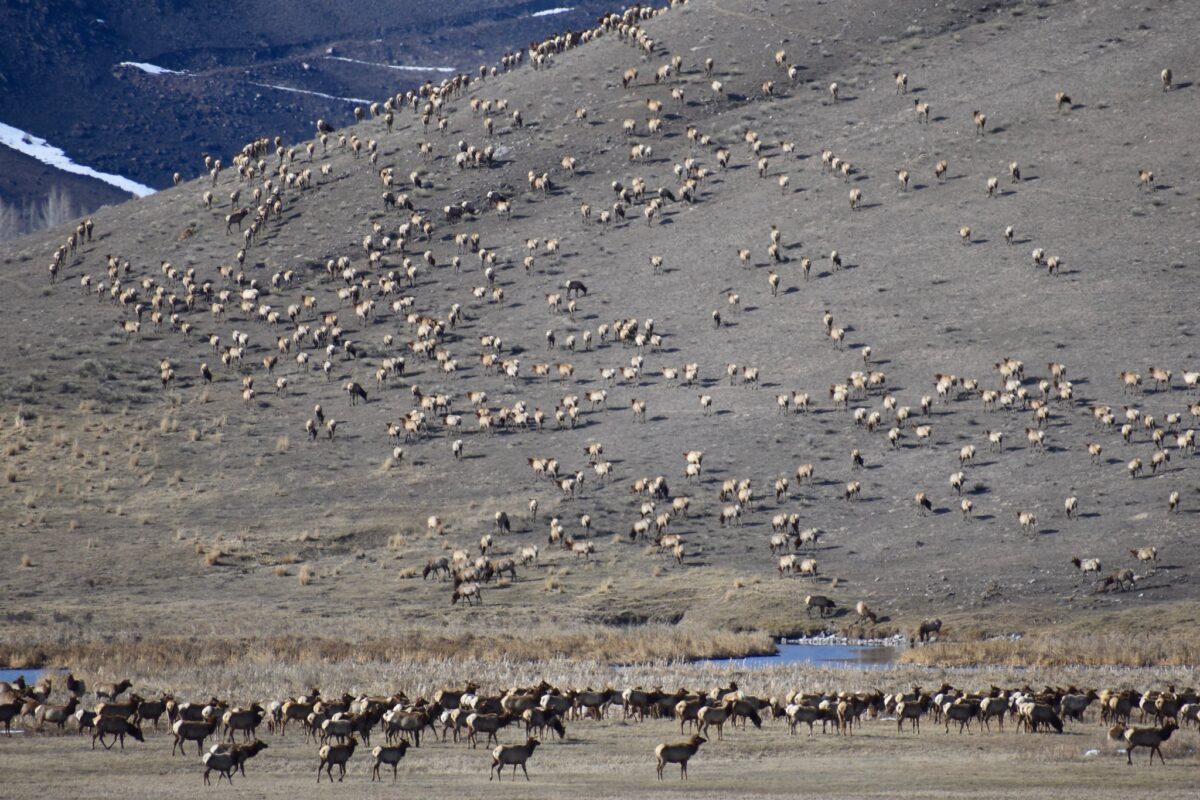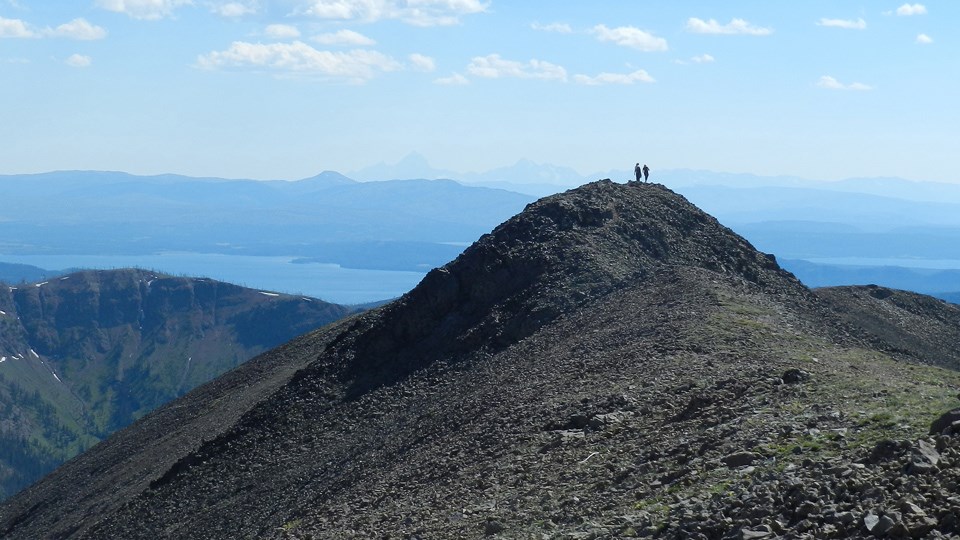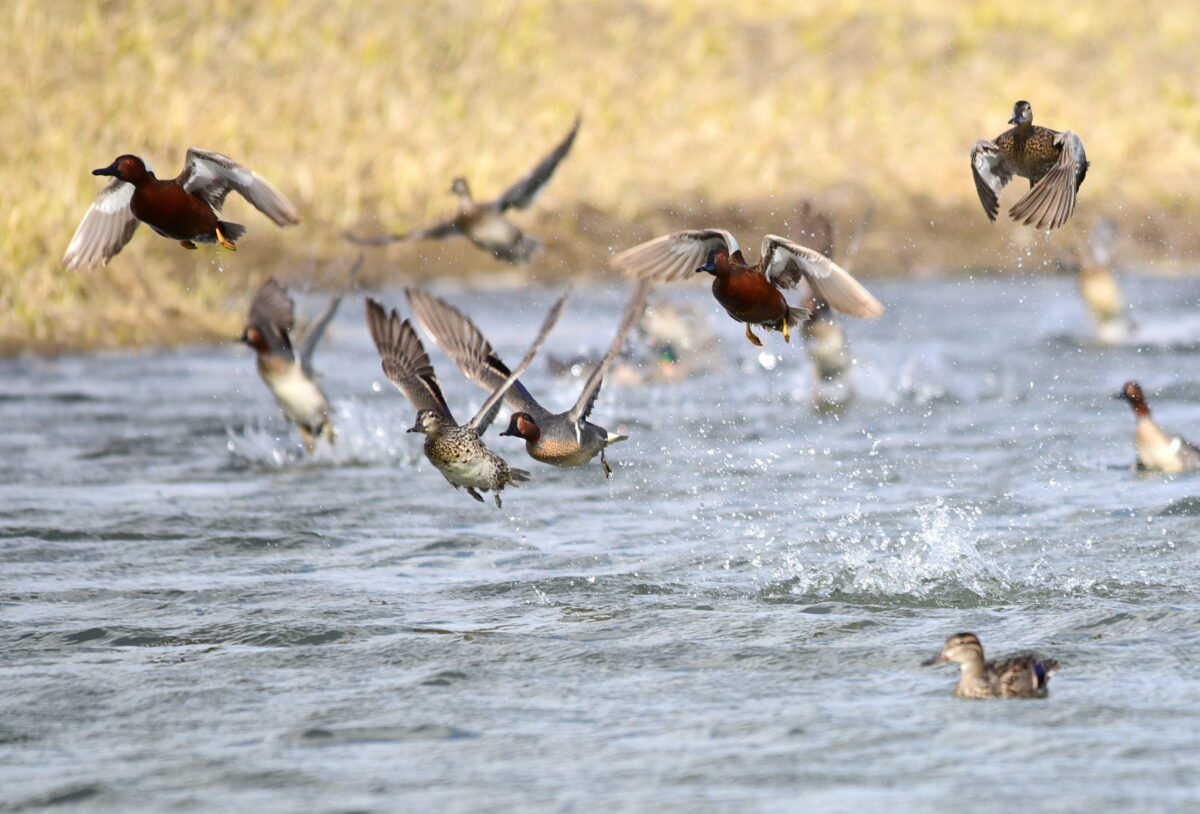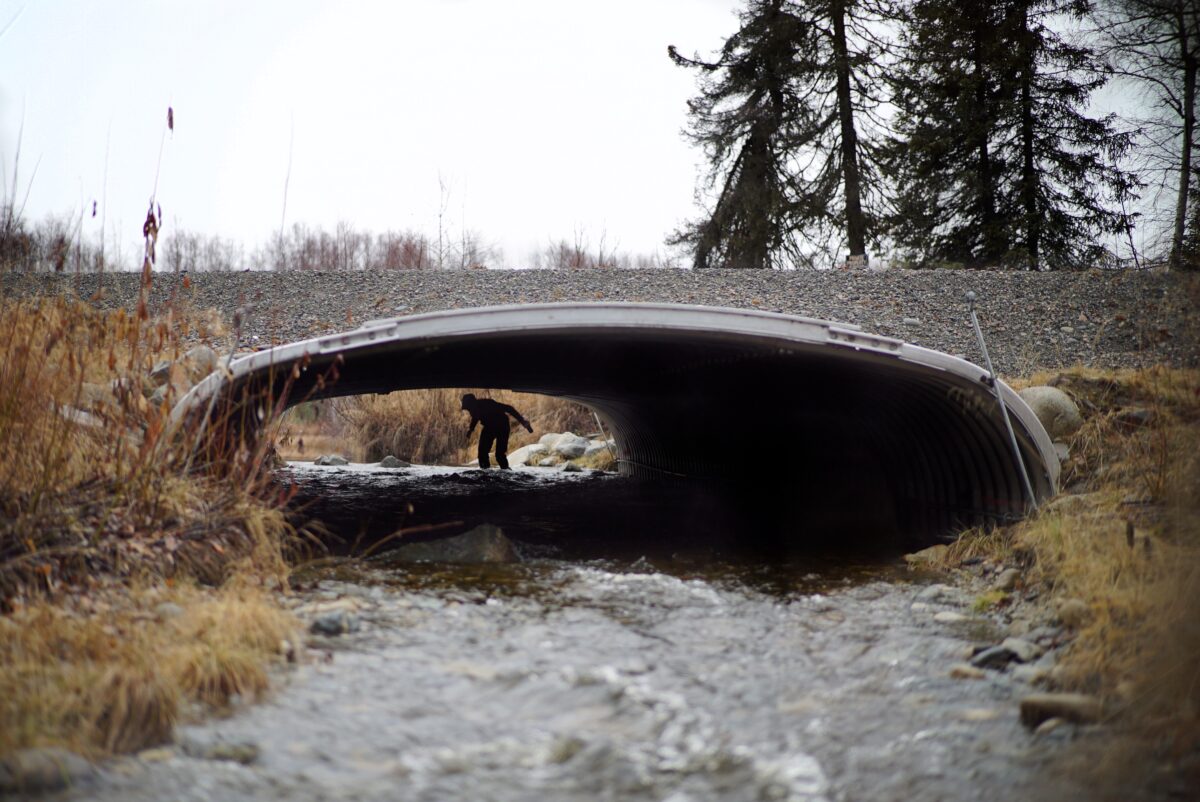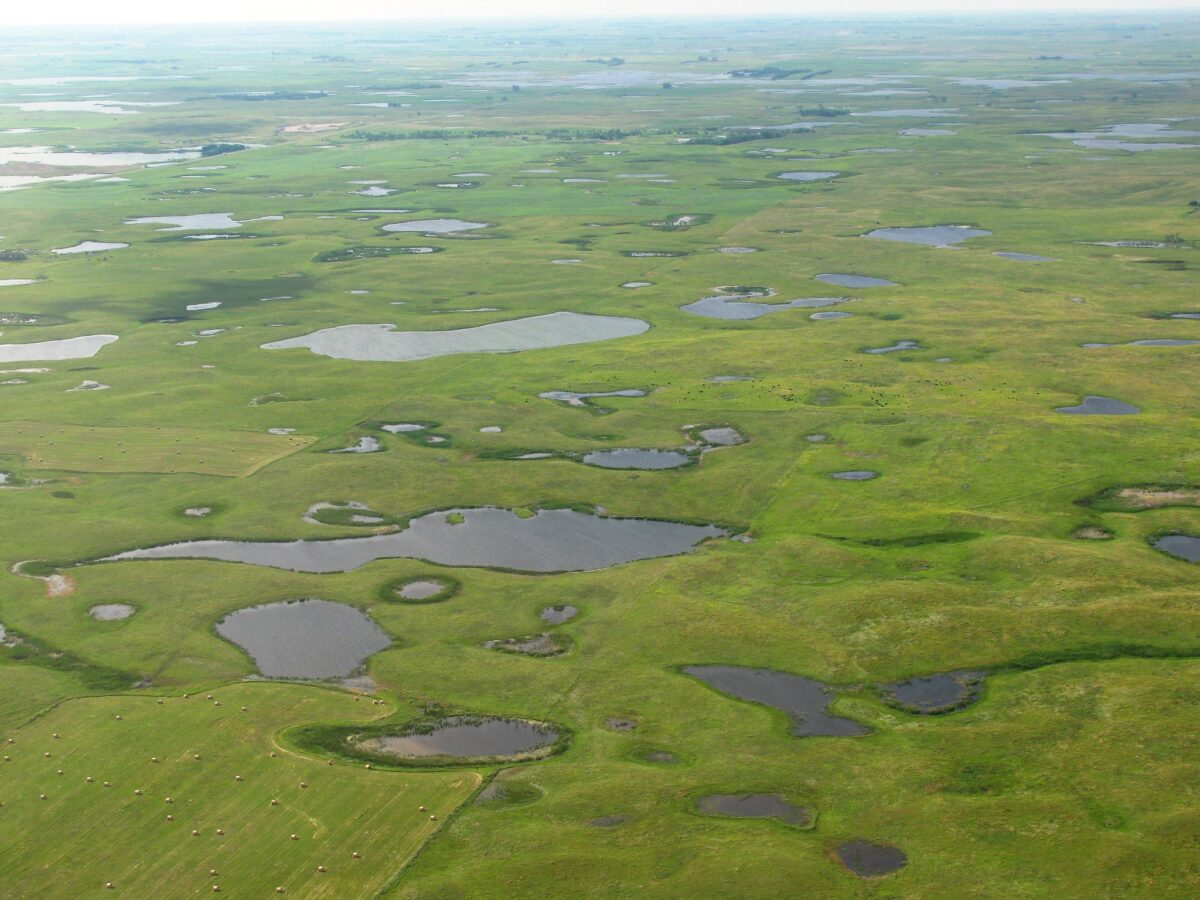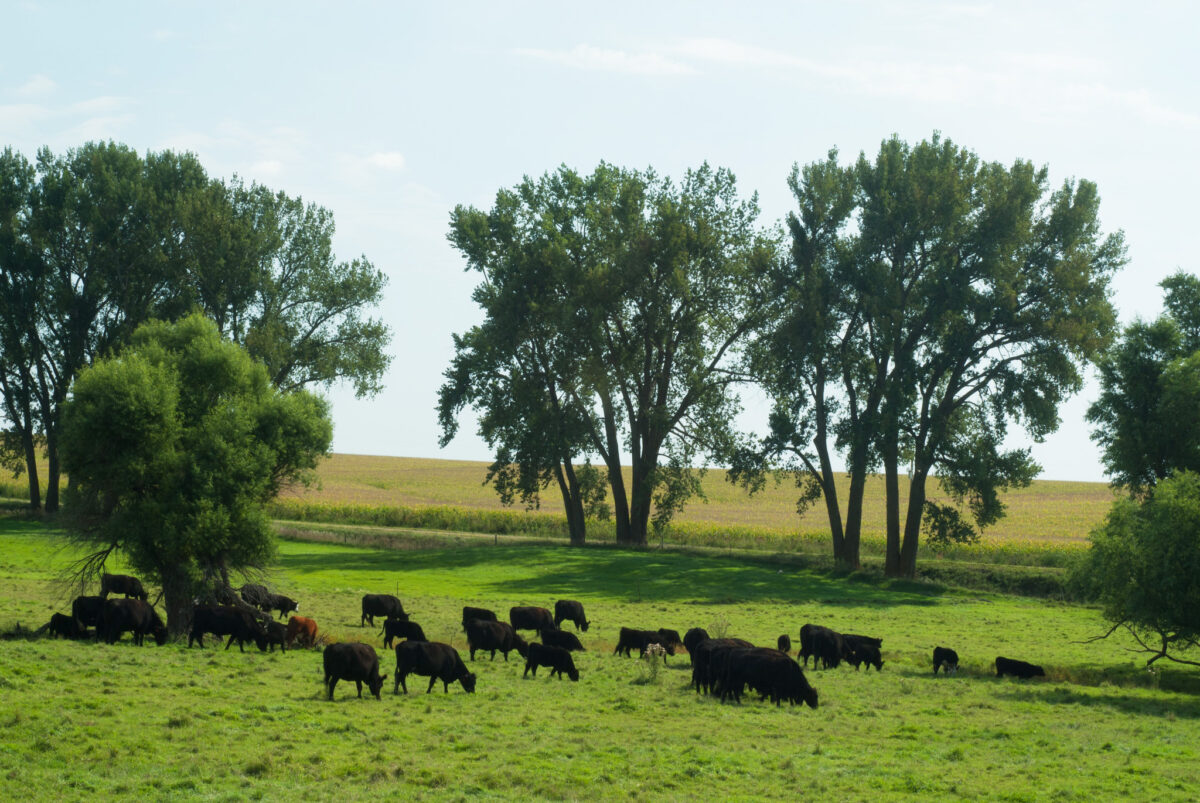Following settlement, the state and EPA both can be held accountable if pollution reduction goals are not met and enforced
Last month, the EPA agreed to a lawsuit filed in 2020 by Maryland, Virginia, Delaware, and the District of Columbia that stated Pennsylvania must reduce its disproportionate impact in polluting the Chesapeake Bay. The litigation asserts that the EPA has failed to hold the state accountable for meeting pollution reduction goals, and the settlement now allows a means to hold EPA officials responsible if the state’s pollution requirements are not enforced.
Reducing nutrient runoff would mean cleaner waters in the state and a healthier Chesapeake Bay farther downstream.
Although great strides have been made in reducing pollution in recent years, one-quarter of Pennsylvania’s rivers and streams still suffer from contamination. The Susquehanna River, which is the largest source of fresh water to the Chesapeake Bay, is also the largest source of nitrogen pollution to the Bay. Agricultural runoff, acid mine drainage, and suburban stormwater remain the leading sources of Pennsylvania pollution to the Bay. The negative impacts are not just felt in Bay waters, but also in the surrounding states.
A 2010 settlement required Pennsylvania and other states in the watershed to each implement a pollution reduction plan by 2025, known as the Chesapeake Bay Clean Water Blueprint. But Pennsylvania hasn’t made enough progress on its piece of the plan.
Last month’s agreement established by the EPA, which must now go through a mandatory 30-day public comment period prior to implementation, lays out specific oversight actions such as necessitating an annual public report on Pennsylvania’s progress. EPA officials can be held accountable if the state again fails to enforce pollution requirements. The agreement also highlights the need for further grant funding opportunities to make the necessary changes to meet reduction goals in the state.
Pennsylvania contains more farmland than the other Bay watershed states. Farms can be a significant source of pollution due to the runoff of sediment and excess nutrients, like nitrogen and phosphorous found in fertilizers, that the state has thus far been unable to address. The Commonwealth’s most recent state budget created a new funding source known as the Agricultural Conservation Assistance Program to help farmers implement conservation practices that keep valuable topsoil in place and reduce potentially harmful material from reaching local waterways. This funding stream could prove to be crucial to ensuring Pennsylvania reaches its goals in the agreement set forth by the EPA.
Pennsylvanians, show your support for stronger Chesapeake Bay habitat and cleaner water throughout our state. This lawsuit aside, we’re all working toward a better future for the rivers and streams that support our hunting and fishing opportunities. Take action here to get involved.


